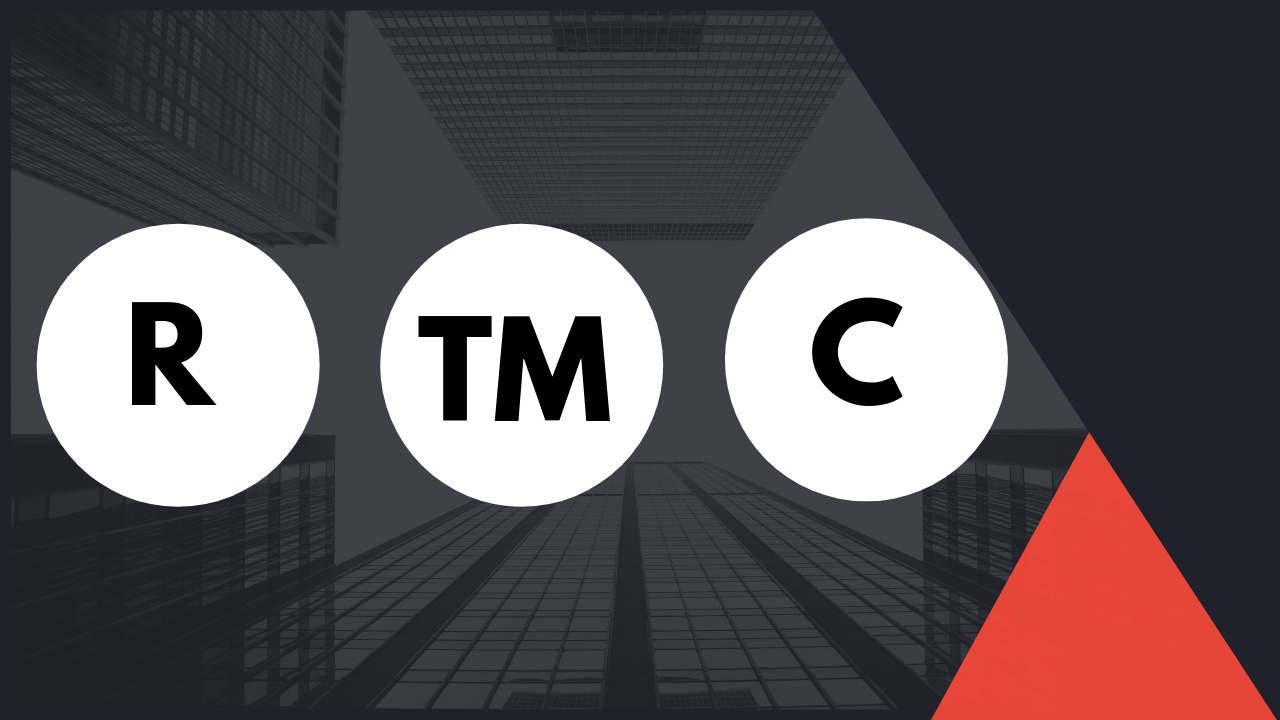Coca-Cola 's
recipe is one of the best kept secrets in the world. Developed by a pharmacist,
it has been closely guarded and known to only a few privileged employees for
more than 100 years. Coca-Cola built a successful global brand on it, and competitors
have fiercely hunted it. Similarly Col. Sanders' secret recipe of 11 herbs and
spices for KFC and the formula for WD-40 are also both closely kept
secrets that have helped to build their companies' flagship products.
Unfortunately many
executives don't even know what trade secrets are, much less how to protect
them and, as a result, use them. It's a term that's often thrown around in
legal meetings, but the truth is trade secrets are complex and can have an
extraordinary impact on a company's bottom line. They are extraordinarily
valuable information for a company, yet often company employees, including
officers, do not understand how best to keep them, well, secret.
If a trade secret is
poorly managed a company can quickly lose its competitive advantage: What would
happen to Coca-Cola if someone figured out a way to replicate its
secret recipe and posted the formula on the Internet? So then, what can you do
to effectively monitor your trade secrets? How do you ensure your company's
secrets are kept safe?
First you need to
understand what a trade secret is, since you can't protect something you don't
know you have. For the C-suite, trade secrets include any privileged
information that can provide your company with an advantage in the market. That
may encompass customer identities and pricing information, current research
projects and even failed projects. In the case of WD-40 , the
product's name comes from the 40th try by scientists in 1953 to come up with a
"water displacement" formula for a rust-prevention solvent and
degreaser for the aerospace industry. Not only is that formula a trade secret,
but so are the formulas and work that went into the preceding 39 attempts. If a
competitor learned about those failed attempts alone, it might still save a lot
of research and development time.
Next the C-suite needs
to understand who has access to its trade secrets, particularly the difference
between corporate insiders and outsiders.
Corporate insiders are
people and organizations with a legal obligation to the company. Of course
employees are legally obligated to hold a company's proprietary information in
confidence and not to copy, disclose or use the information for their own
benefit or the benefit of others. But insiders also include third parties such as
contract employees, consultants, suppliers and customers.
Outsiders are everyone
else. They have no legal obligation to hold a company's proprietary information
in confidence. They are strangers who include the general public and also more
sophisticated parties like competitive intelligence professionals, hackers,
reporters and competitors.
Companies go to great
lengths to protect their prized secrets. KFC recently built a brand new,
high-tech home for the colonel's handwritten Original Recipe from 1940. The new
FireKing digital safe weighs more than 770 pounds and is encased in two feet of
concrete with a 24-hour video and motion-detection surveillance system. That
kind of security wouldn't be needed if people didn't try to steal the recipe.
To be able to protect
your secrets, you need to understand how people can get at them. Imagine a
fence built around your office. The fence represents the company's security
measures, and within it is where proprietary information is developed, used and
stored. Insiders move freely in and out of the office, while outsider entry and
exit is carefully controlled. It is easy to see how in such a situation
insiders and outsiders alike can gain access to trade secrets. When insiders
move in and out of the company, proprietary information moves with them--in
their minds, in portable computers and in media such as drawings, CD-ROMs and
USB flash drives. Outbound mail, courier and parcel shipments can also allow
proprietary information to leave the office. Outsiders are often let in,
usually with badge systems and escorts, and they may gain access to proprietary
information while they're inside the company.
It would be easy to keep your information secure
if you eliminated all avenues of information transfer, such as your Internet
connection and mail services, and prohibited outsiders to visit the company.
You wouldn't have security problems then, but you would destroy your ability to
conduct business. Besides, you'd still have to let your employees go home at
night, and they carry proprietary information in their heads.
Not every company can lock its trade secrets in
a vault, as with WD-40 and KFC. There is no silver bullet for trade secret
protection, no hardware widget or software program or canned process that you
can buy to make you safe. But the basic solution is simple: You must use your
employees to protect your secrets. And since you already pay them, that incurs
no additional out-of-pocket cost. Employees are the foundation of an effective
trade secret protection program.
A successful strategy requires that all
employees participate and that management unambiguously and explicitly expound
a trade secret culture. You can't just name a few employees as a trade secret
protection group, or install some new security product, while the rest of your
employees continue business as usual. You must enlist the support of every
company employee to work toward a culture of full trade secret awareness.
Cultural awareness is much more effective than
mere employee training, especially new-employee training, for a single learning
experience fades from memory over time while a healthy trade secret culture
reinforces itself. But if the C-Suite often doesn't understand trade secrets,
employees are even more confused. For a trade secret culture to be effective,
management must very effectively convey its goals to employees. This requires
much more than "Here is the new proprietary information policy--read it,
sign here and return it."
Senior managers need to work to make sure
employees understand what the company's trade secrets are and what their
responsibilities for them are. They need to know that risks to the company's
secret information are risks to its revenues, earnings and share price, and
ultimately to their own jobs. Management's efforts to protect the company's
trade secrets are efforts to protect the employees' jobs, their stock options
and their pensions. The employees have to know that.
They also need to be reminded that any type of
company information can be a trade secret, including supplier identities,
upcoming price changes, R&D activities and corporate policies--anything
that can help a competitor compete against the company. In this era of high
technology, employees also need to understand that any unsecured e-mails may be
intercepted, any conversation may be overheard and any computer screen in a
public place may be read. Diligence and common sense must be part of the trade
secret culture. Once a secret is divulged, no matter the reason, it is lost
forever.
If employees understand their part in an
unambiguous and committed trade secret culture, company information security
policies will more likely be accepted and followed. Without that understanding
all the company policy manuals and policy communications in the world will be
worthless. Embodiment of the culture at every level of management will help
employees understand your expectations. Not every CEO needs to ride into Times
Square on the back of a horse in a suit of armor with his trade secret formula
safely in hand--as did Garry Ridge, president and CEO of WD-40, on his
company's 50th birthday. But it sure doesn't hurt.
R. Mark Halligan, a partner with the law firm
Nixon Peabody, has developed an extensive practice as an intellectual property
litigator focused on protecting and enforcing trade secrets. David Haas is a
senior managing director in FTI Consulting's forensic and litigation consulting
segment and is based in Chicago. The views expressed in this article are
those of the authors and not of FTI Consulting.
Source:https://www.forbes.com/2010/02/19/protecting-trade-secrets-leadership-managing-halligan-haas.html#1d93e78f1372




.jpg)
.jpg)
0 nhận xét:
Đăng nhận xét